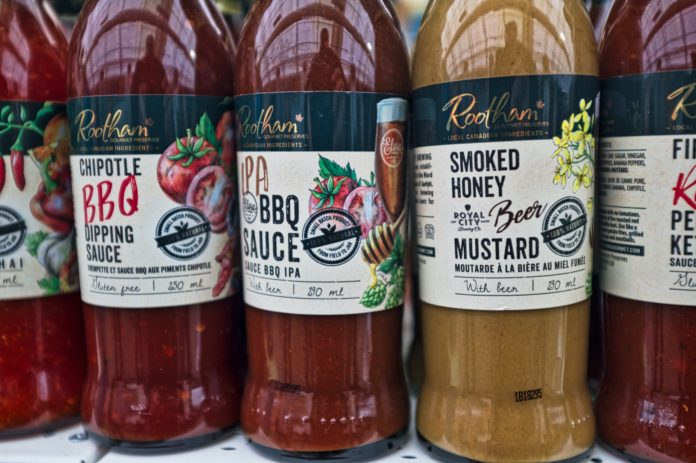Today’s products are made to attract your eye and make you believe they are super healthy, but more than often they are not. To help you choose better, and be healthier, let’s see what to look for and what to avoid.
Know Your Fats
Saturated and trans fats need to be limited. Also, avoid terms like “Partly hydrogenated” or “hydrogenated.”
Monounsaturated and polyunsaturated fats are the ones that are actually beneficial.
Carbs
Fibers are the good guys, so aim for more than 4g per serving.
On the other hand, sugar and its many names like Golden syrup, high-fructose syrup, barley malt, molasses, lactose, corn sweetener, fructose, ethyl maltol galactose, glucose, maltodextrin, maltose, dextrose, lactose, dextrin…. should be avoided.
Proteins
High protein foods may also be high in saturated fats, so pay closer attention to that.
Sodium
High sodium products should be limited, so put them back on the shelf.
A few more things to pay attention to:
- If the first few ingredients are hydrogenated oils, refined grains, or a type of sugar it’s probably unhealthy.
- A list longer than 2 or 3 lines indicate a highly processed product.
- Choose “100% fruit juice” over the “Fruit drink” label.
- “Natural” can mean that they started with a natural source, but after they processed it, it is far away from natural. Choose “100% All Natural” and “No Preservatives” instead.
- “Certified Organically Grown” labels are worthy of your trust.
- “100% whole wheat ” and “100% whole grain” are much better choices than “whole grain.”







